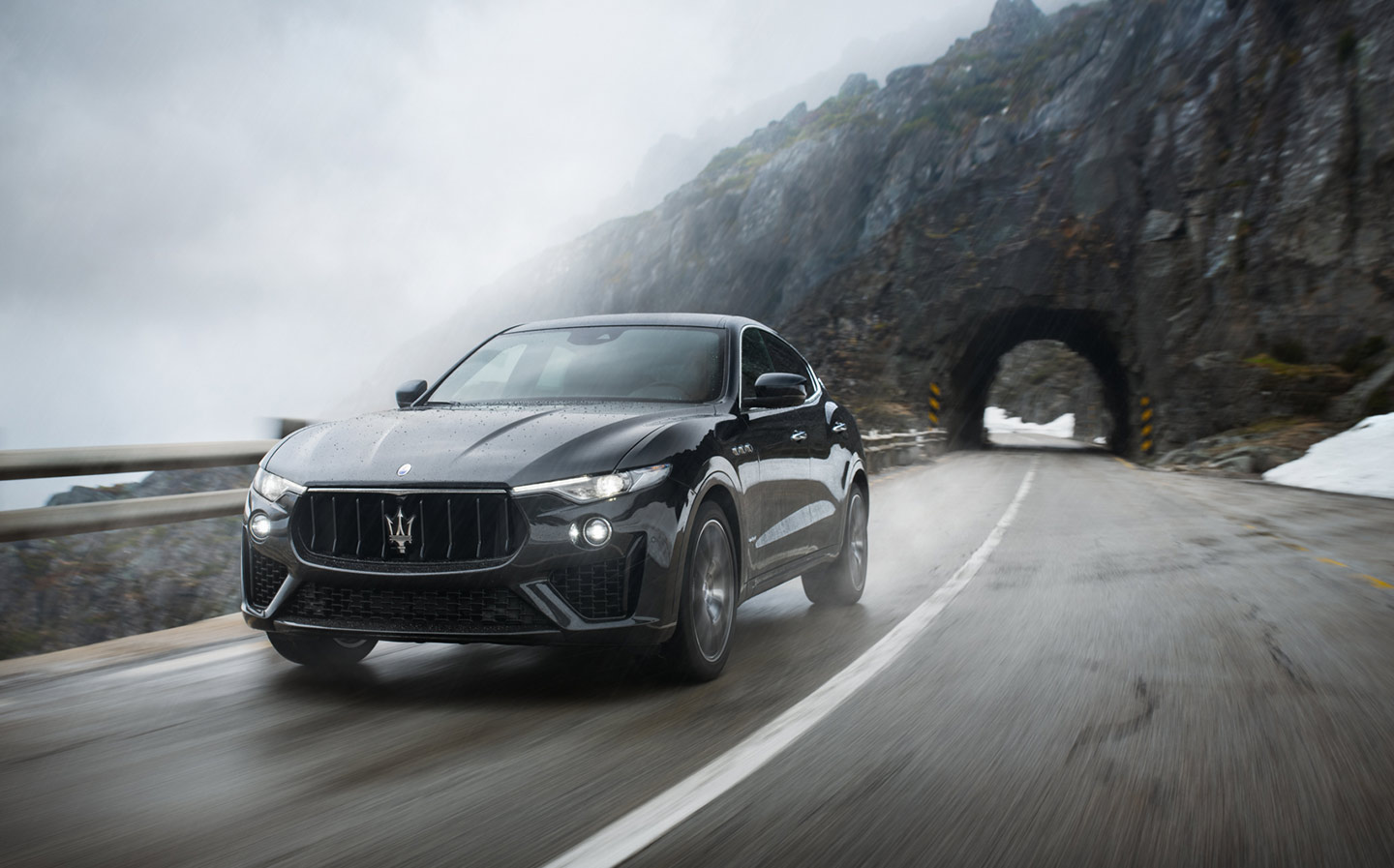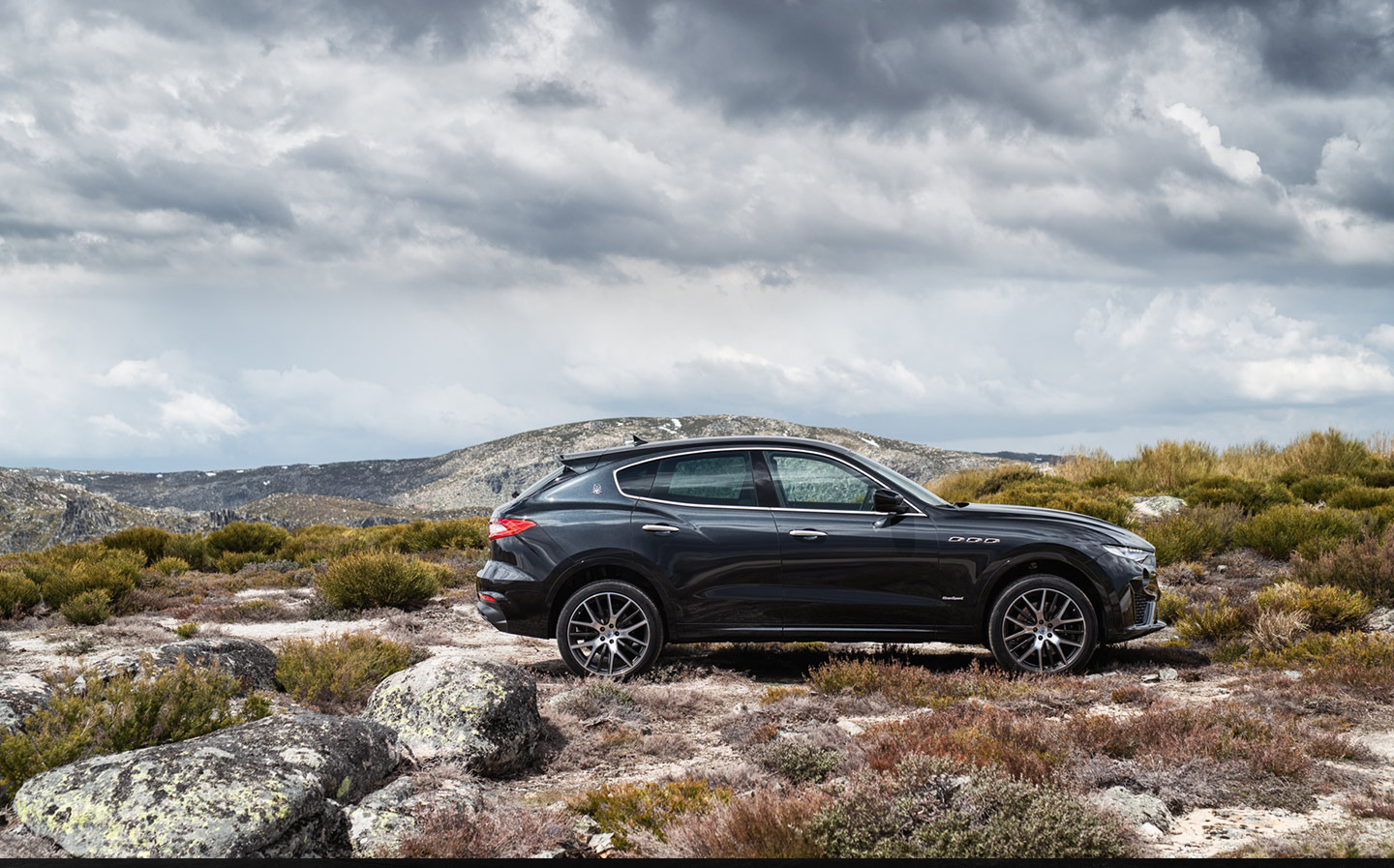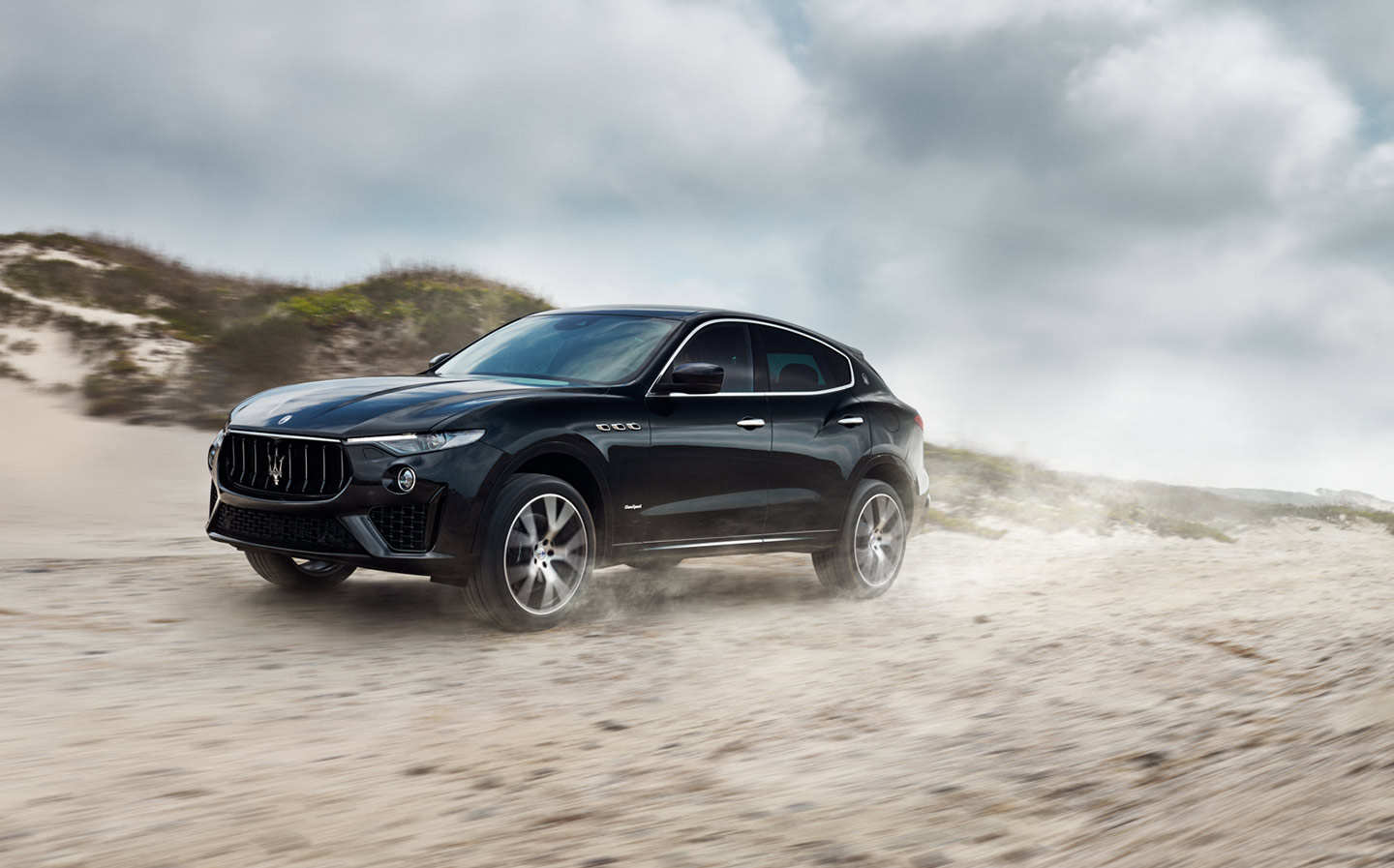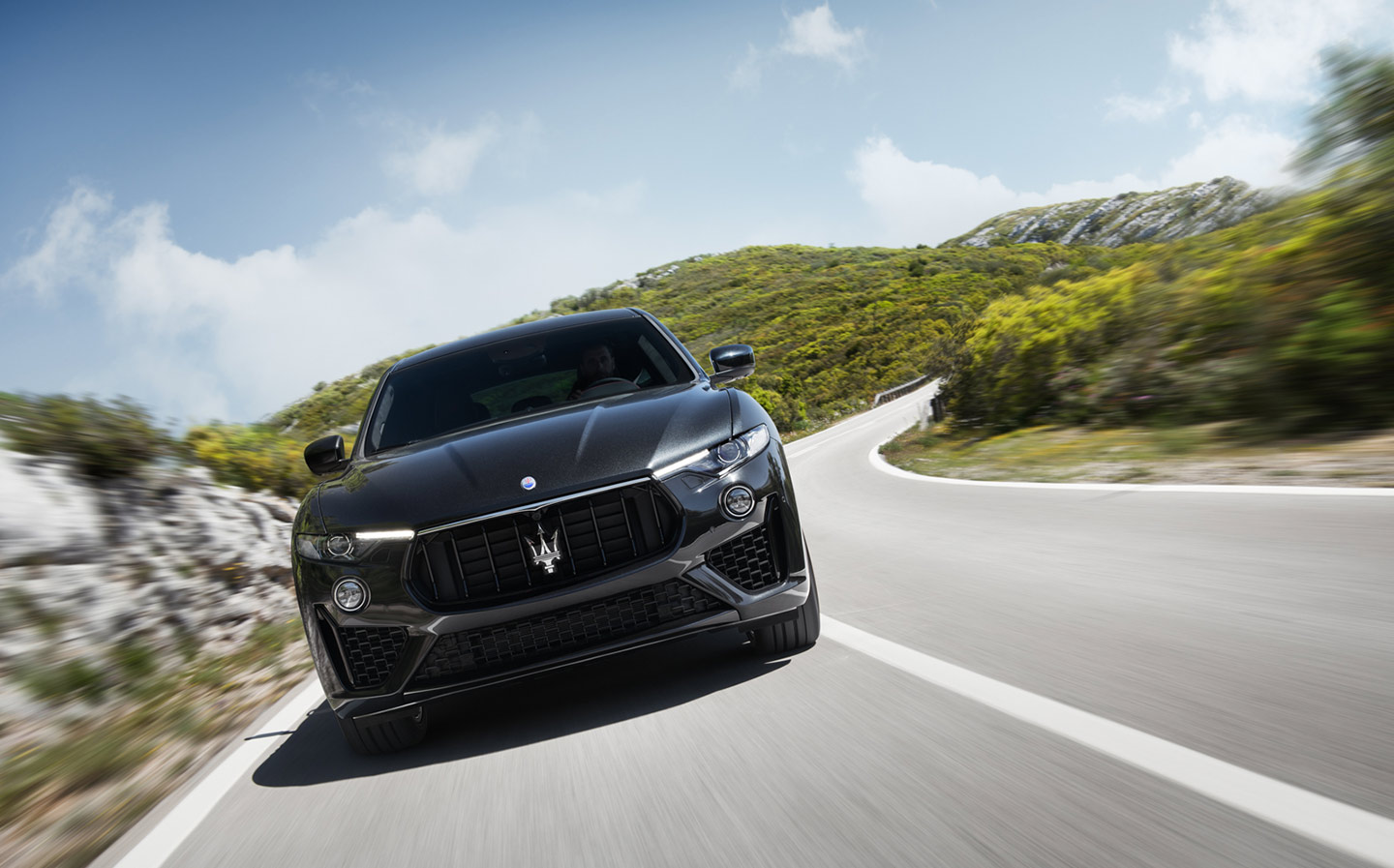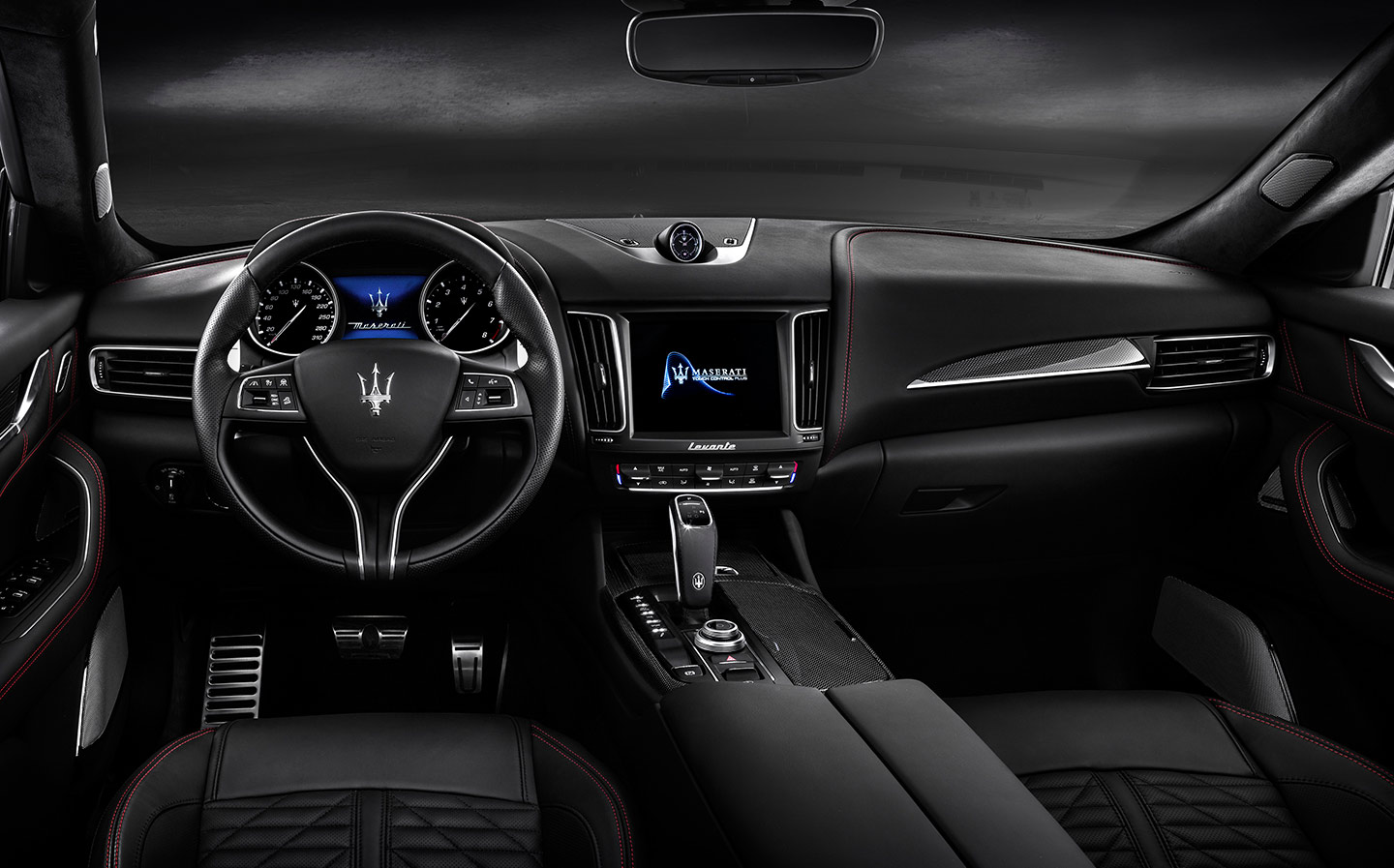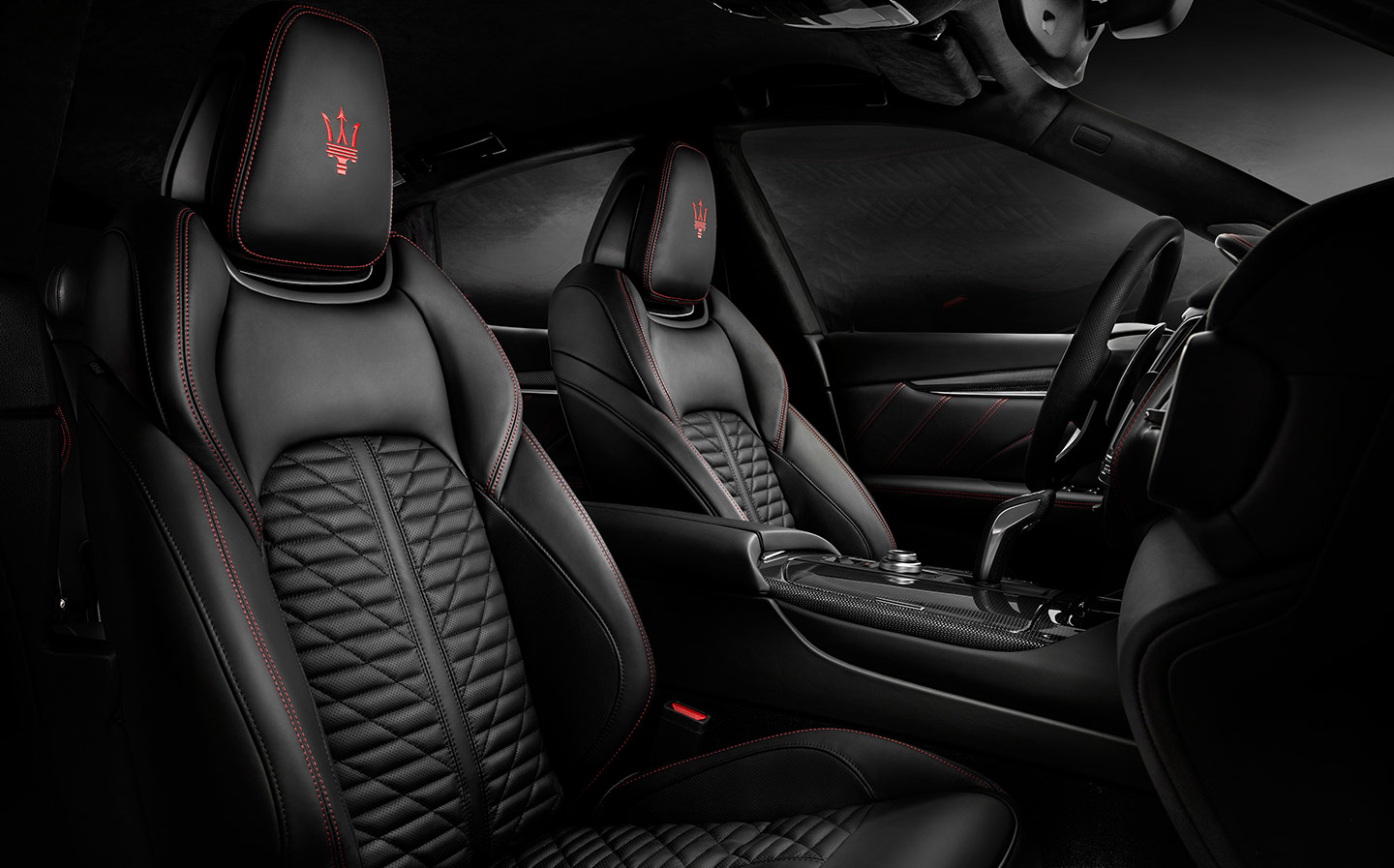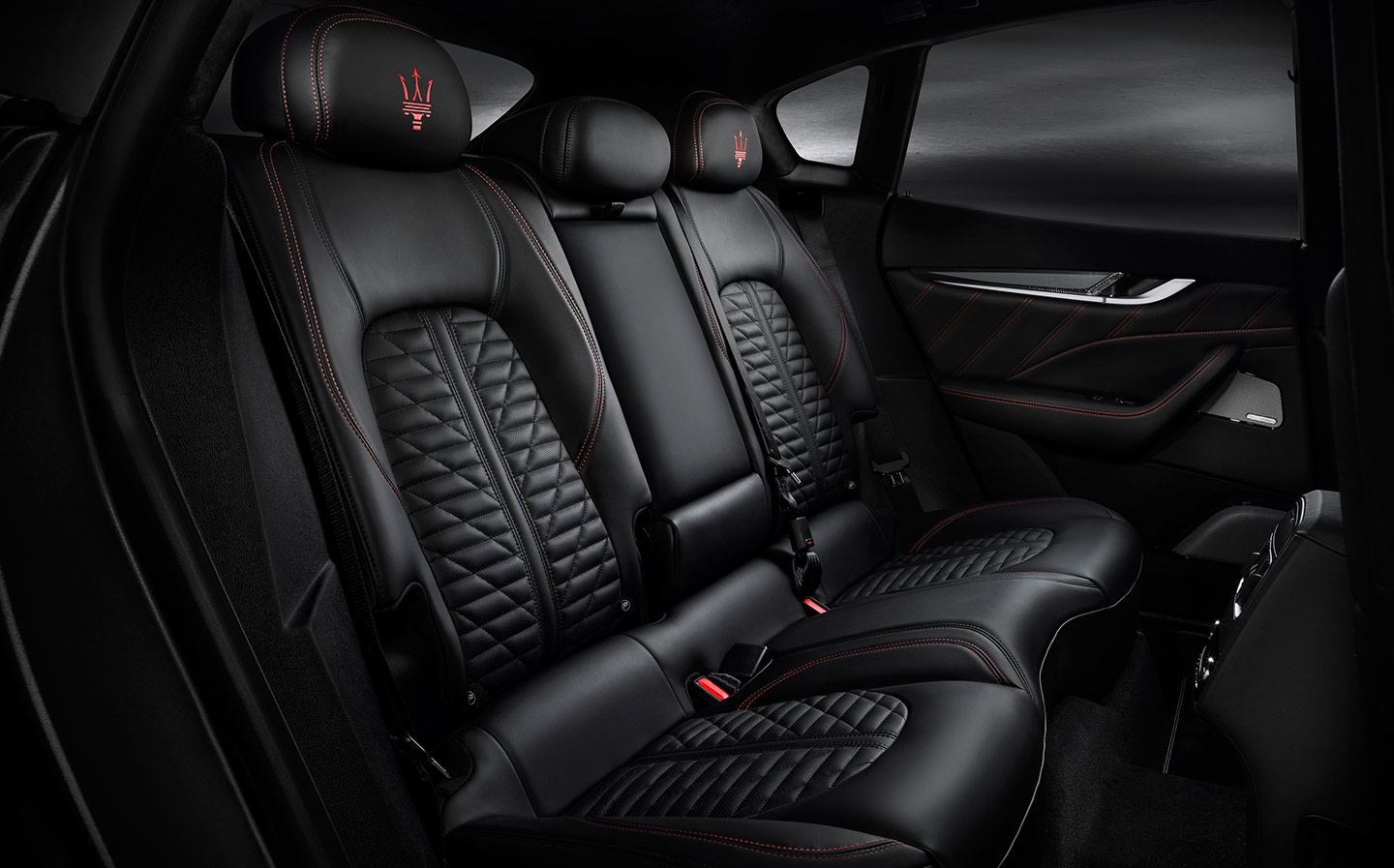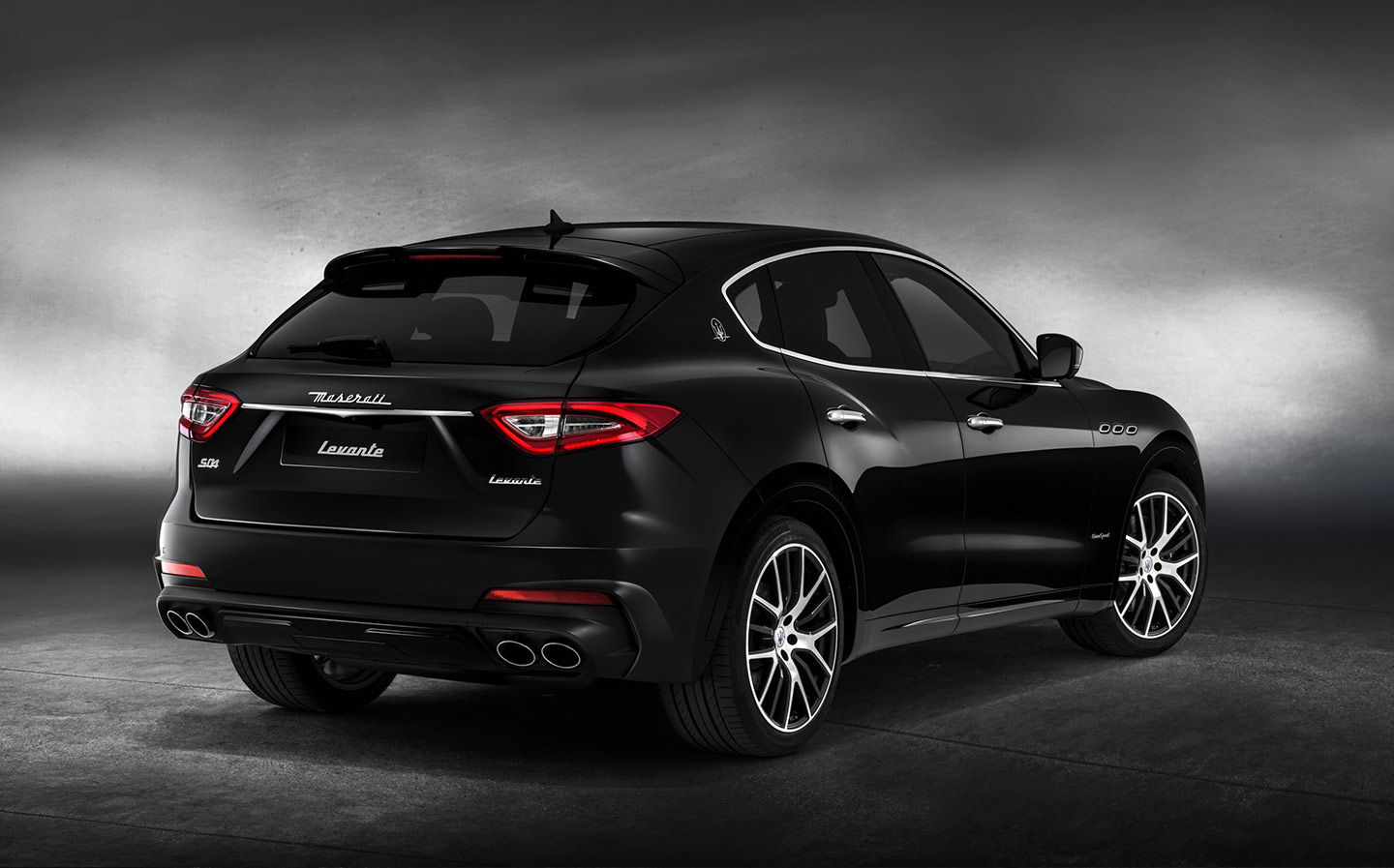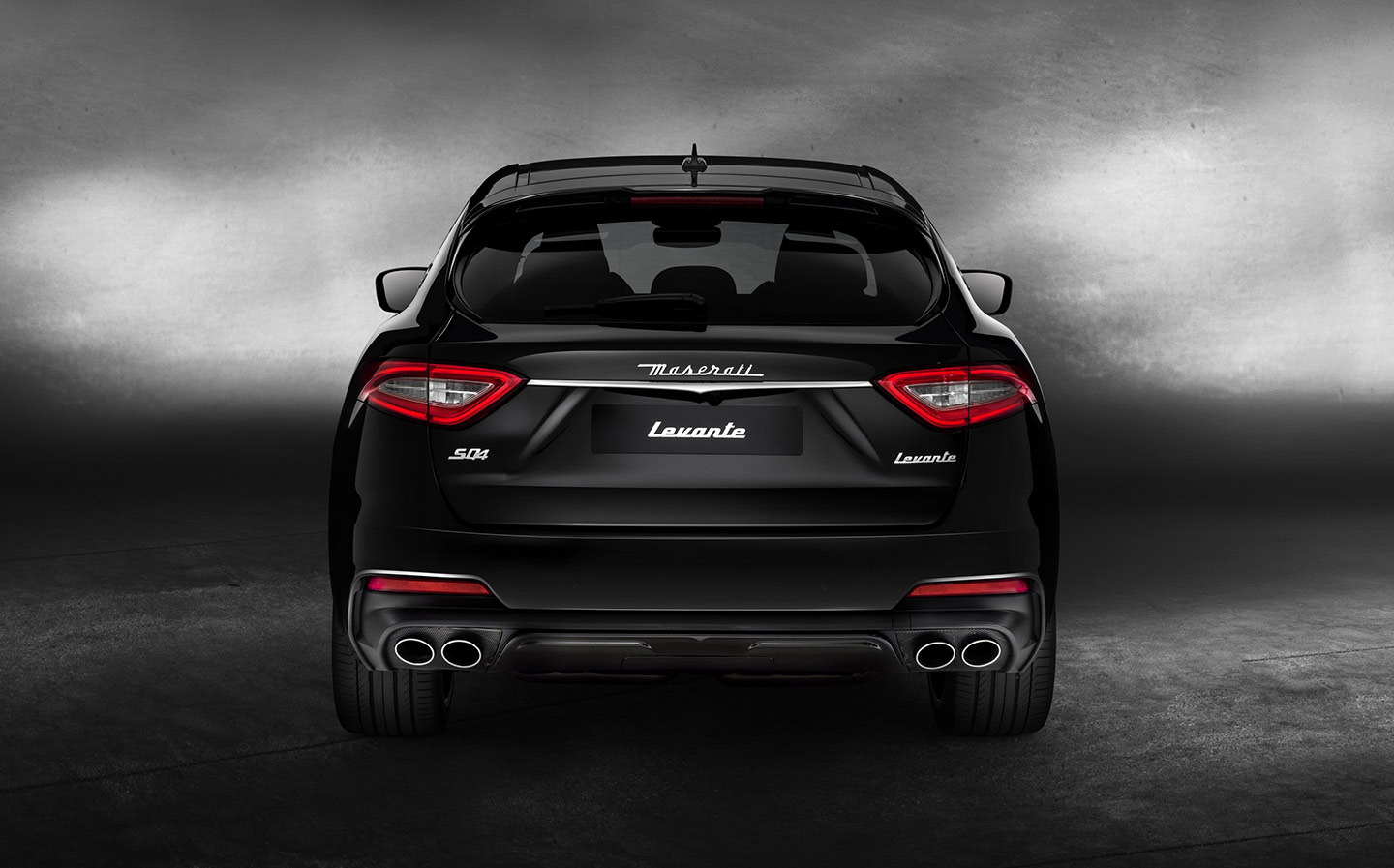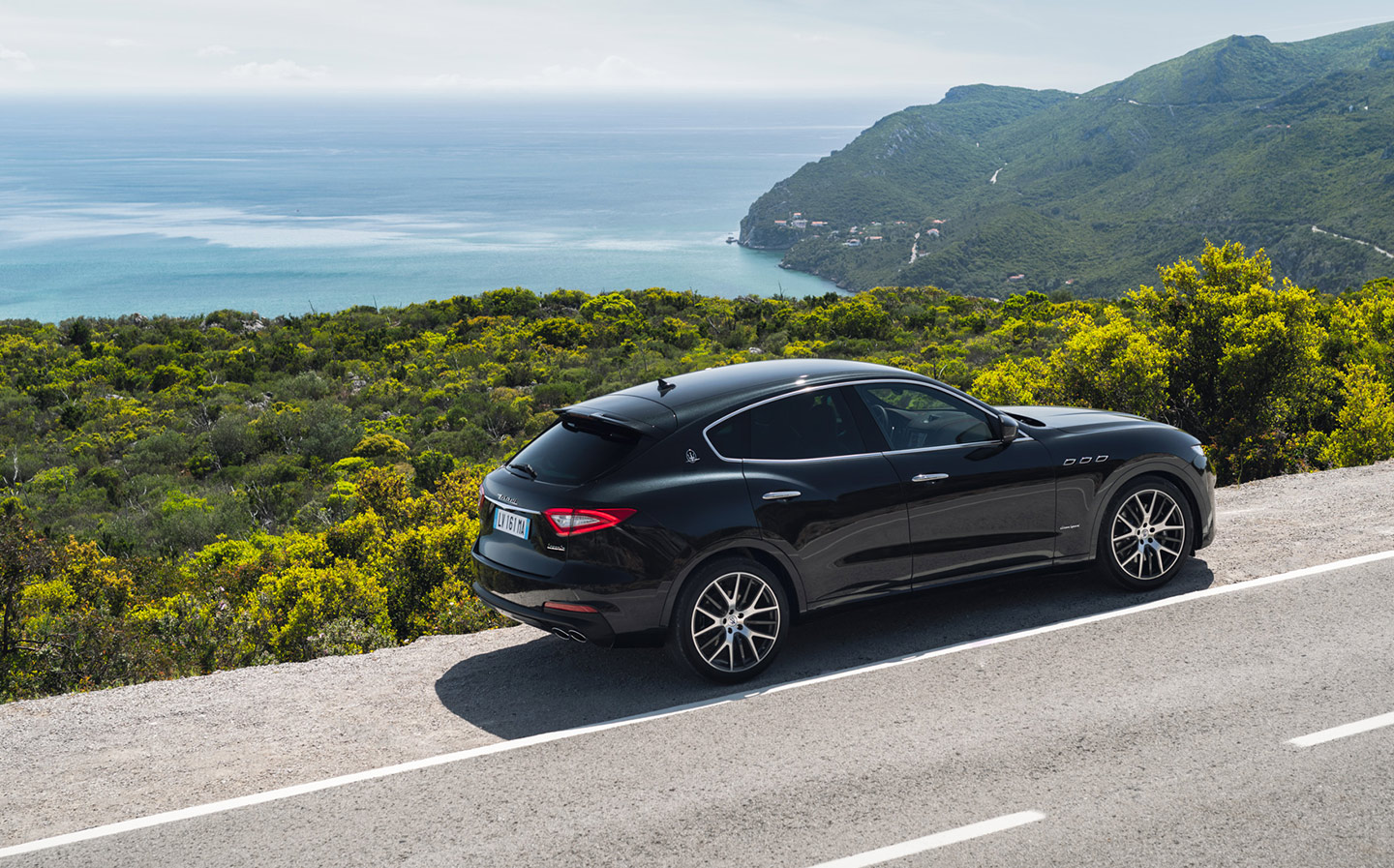2018 Maserati Levante review
Reassuringly unconcerned with practicality
IF THE idea of a Maserati SUV is too much for you to bear, get this – the Levante has become the firm’s most popular model since it launched in 2016, thus safeguarding its more classic and exotic machinery – the likes of the Quattroporte and GranTurismo – for years to come.
That’s a good thing because Maserati is such an iconic manufacturer of (mostly) beautiful GT cars that, if you’re a car fan, you’ll want to have them hanging around for as long as possible — even if you never buy its cars.
Fortunately for everyone, the Levante is far from the abomination it could have been.
It’s a handsome SUV, for a start. With its huge horizontally runged grille, muscular rear wheel arches and coupé-like roofline, it’s unmistakably ‘Maserati’.
More of an effort has been made to differentiate the GranLusso and GrandSport flavours of Levante for the refreshed model you see here.
The former gets a chrome grille, chrome accents and 19in alloy wheels, while the GranSport gets a sportier matt-black grille, more aggressive-looking bumpers and 20in alloy wheels.
There are also two new shades of paint – one a particularly appealing deep metallic blue – and the option to specify bright-shining matrix LED headlights.
Open the Levante’s driver’s door and the picture gets even better, as you notice that most of the materials used in the Levante’s cabin look top notch. You can opt for a traditional (GranLusso) or sporty (GranSport) finish by picking from a variety of leather colours and wood, chrome and carbon-fibre trim pieces.
It’s a shame that Maserati is still using some cheap-looking plastic switchgear, and there’s nothing you can do to change the appearance of the 8.4-inch infotainment screen, even if it has been improved for the 2019 model year car.
Its graphics are pixely by comparison to rivals (less grand ones, at that), and its touchscreen is improved by still not the easiest to use (although if does come with Apple Carplay and Android Auto as standard). The likes of the Audi Q7 and BMW X5 do both a lot better here.
The Audi and BMW are also better options if you need lots of space – which is, presumably, one of the reasons for buying a big SUV. That’s not to say the Maserati is tiny: there’s plenty of room up front for tall adults and its adjustable pedals are a rare feature that make it easy to get a comfortable driving position, even though the steering wheel doesn’t line-up perfectly with the driver’s seat.
The real problems start when you try to fit someone big in the back, because the Levante simply doesn’t have the space needed to comfortably accommodate four tall adults on a long drive. A shame, because the large boot is easy to load and will swallow plenty of luggage.
So, it isn’t the most practical of SUVs, but if you want your big off-roader to handle like, say, a Maserati, then you have come to the right place. The Levante’s sharp steering is beautifully weighted and deliciously feelsome, making cornering a charm every time.
The powerful brakes add confidence, too, as they’re able to scrub off speed amazingly rapidly. New for 2019 is the ICE (Increased Control and Efficiency) system – Maserati-speak for torque vectoring, which applies braking to individual wheels to help the car hug the inside of corners.
For a full Italian flavour, you’ll probably want either the 542bhp GTS and 582bhp Trofeo V8s – but sadly neither are confirmed for the UK.
That leaves you to sidestep the torque-y but bland 271bhp diesel and head straight for the 424bhp, 3-litre, twin-turbo V6 petrol fitted to the Levante S. It provides the noise and performance needed for the full and authentic Maserati experience, even if that experience includes enviably high running costs.
You could also go for the same engine with 345bhp if you wanted, but why would you do that?
All of which means the Levante isn’t just a money spinner that’ll keep the company afloat but also a genuinely impressive driver’s car that can wear it’s badge with pride. Don’t look at it as a cramped large SUV, but instead an extremely spacious Maserati.
Maserati Levante rivals
- BMW X4 (see how much you could save at carwow)
- Jaguar F-Pace (see how much you could save at carwow)
- Range Rover Velar (see how much you could save at carwow)


